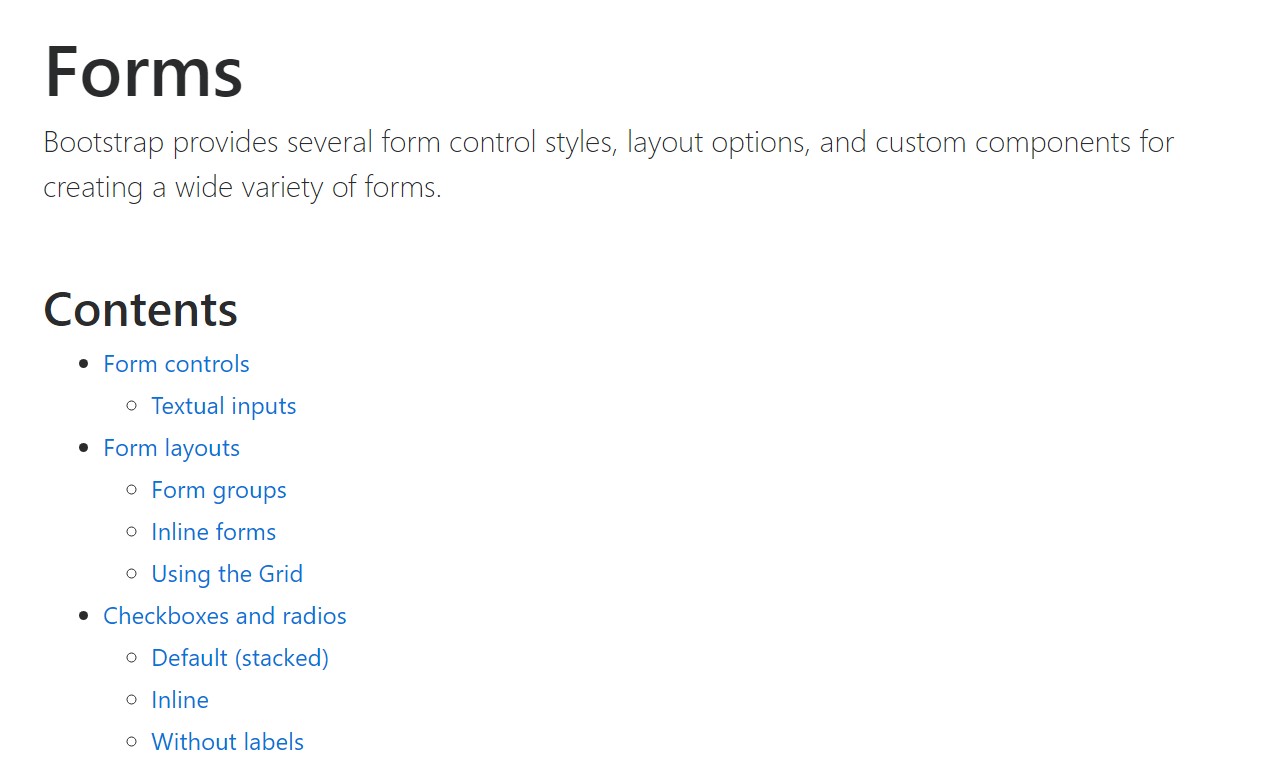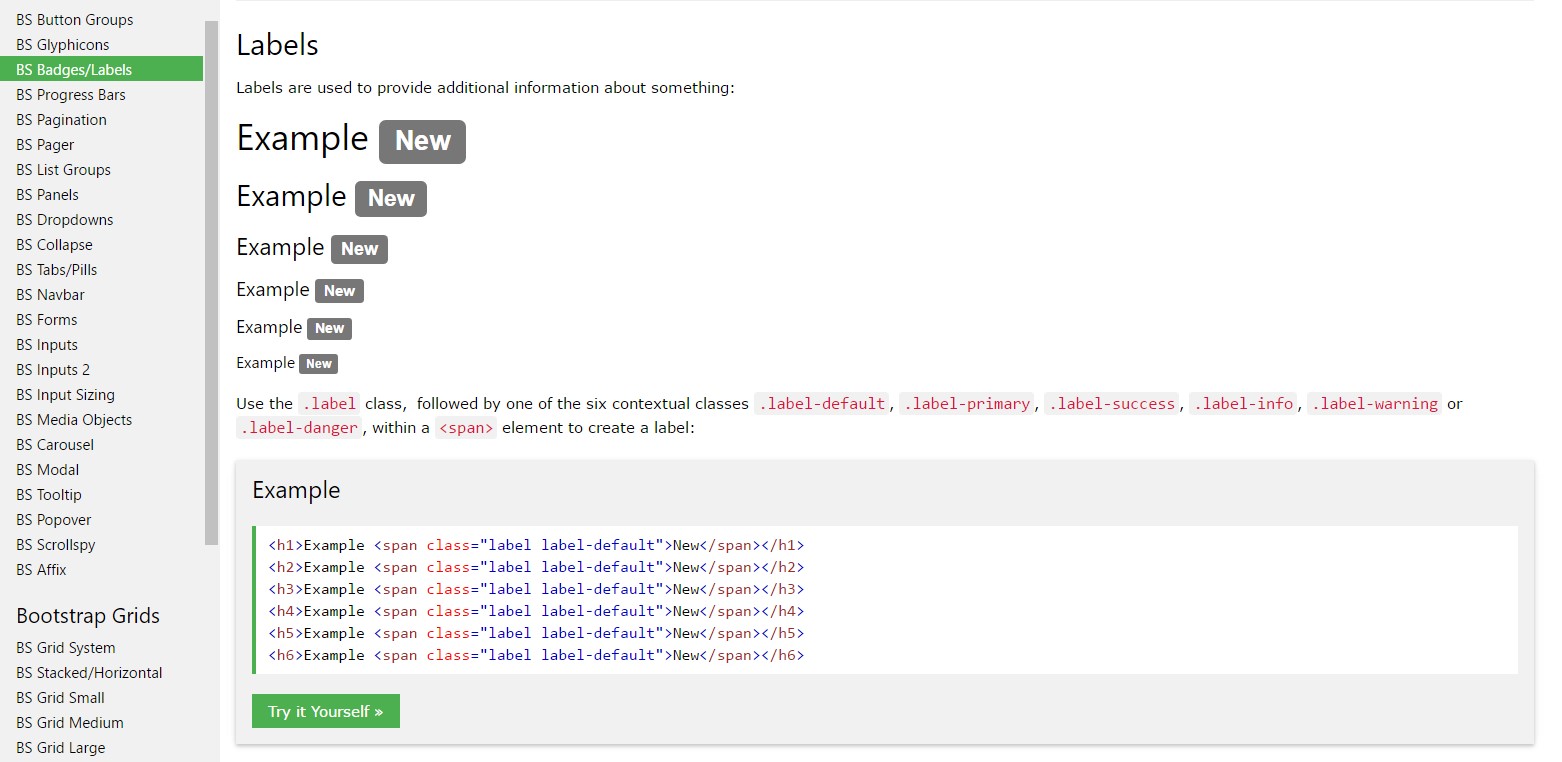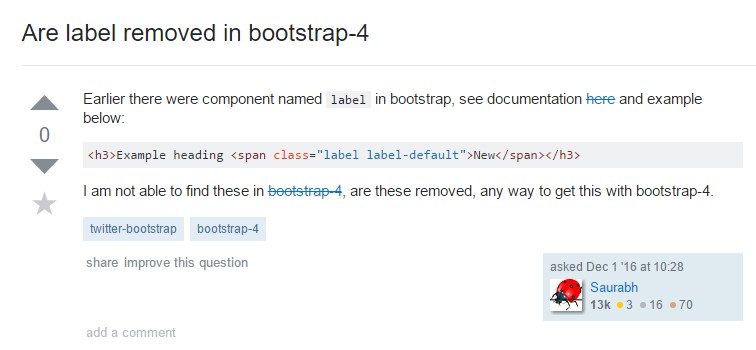Bootstrap Label Checkbox
Introduction
As explored previously, in the webpages that we are making, we often require incorporating easy or more complicated forms to question the website visitor for a point of view, comments, certain individual data or possibly preferences. We accomplish that providing the proper managements within our forms thoroughly thinking of the form construction and also the specific controls that should be used referring to the information we need to have and the particular circumstance involved-- just like we simply cannot have an order for a single colored phone case which is both white and blue , an individual cannot be both male and female in gender or else a product should be guided with multiple attachments which do not omit one another so selecting each should provide it not rejecting the others readily picked. Occasionally, surely, we do want a proper email supplied as well as a telephone number which in turn requires the input that needs to follow certain format to be correct and certainly at certain cases we simply just really need site visitor's thought and feelings on a topic the manner they feel it-- in their own words.
For all of these particular scenarios we use the proper commands-- like radio buttons, checkboxes, input sectors, text message area features and so on but there is an necessary component bound to each one of these areas that develops our forms comfortable and easily legible for the website visitor to navigate through knowing in all times what is actually needed and effortlessly dealing with even the small regulations such as radio buttons and checkboxes. Specially currently when the internet changes into more mobile along with web pages presented on different small sized display screens this element is significant in granting efficiency and quickness in submitting our form.This element is a Bootstrap Label Input. ( read more here)
The best ways to utilize the Bootstrap Label Group:
What so far has been simply claimed deal with the
<label><label>The structure is very easy-- simply set a
<label>for =" ~ labeled form control ID ~ "for=""<label><label>Nonetheless wrapping form commands in labels is rather difficulting the code and it is actually more desirable to leave out it-- additionally utilizing the
for =""Additionally simple text within the
<label>Some example of form with no label
Should you obtain no text just within the
<label>aria-label<div class="form-check">
<label class="form-check-label">
<input class="form-check-input" type="checkbox" id="blankCheckbox" value="option1" aria-label="...">
</label>
</div>
<div class="form-check">
<label class="form-check-label">
<input class="form-check-input" type="radio" name="blankRadio" id="blankRadio1" value="option1" aria-label="...">
</label>
</div>Entertaining matter to mention
Entertaining detail to keep in mind regarding labels in Bootstrap 4 if that in the recent model of the framework this form of element's styling has been really changed a bit. The
<label>inline-blockConclusions
So now you realise just what the # elements are for and exactly how they act in Bootstrap 4-- everything that's left is thinking about the appropriate form fields you need to attach them to.
Examine a couple of video training regarding Bootstrap label
Linked topics:
Handling of the label inside in Bootstrap Forms: authoritative information

Bootstrap label guide

Eliminating label in Bootstrap 4

